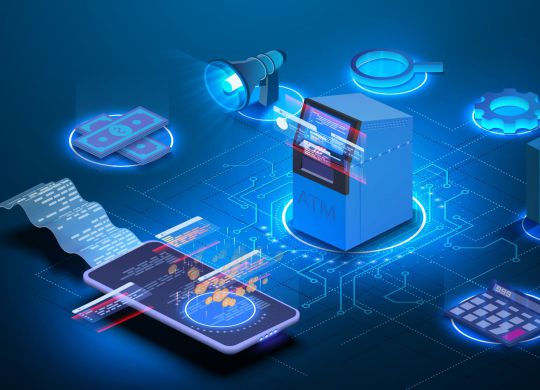Maximize the impact of cash app automation for effortless finance management by exploring 7 essential strategies to enhance efficiency, accuracy, and control, revolutionizing your financial well-being.
Procure to Pay
This guide delves into the versatility of oAppsNET Cash Apps, showcasing our ability to meet both personal and business needs across different contexts in the digital finance landscape.
April 18, 2024 Read more
In the final part of our series on procure to pay, we give you some actionable tips to achieve success that can be replicated by any dedicated AP leader.
January 9, 2021 Read more
In part two of our three-part series on procure to pay, we discuss choosing a program, training and KPIs.
January 9, 2021 Read more
What if you had software that took care of cataloging, updating inventory, confirming orders, issuing POs, issuing invoices, and processing payment? Let’s talk about P2P.
December 31, 2020 Read more








